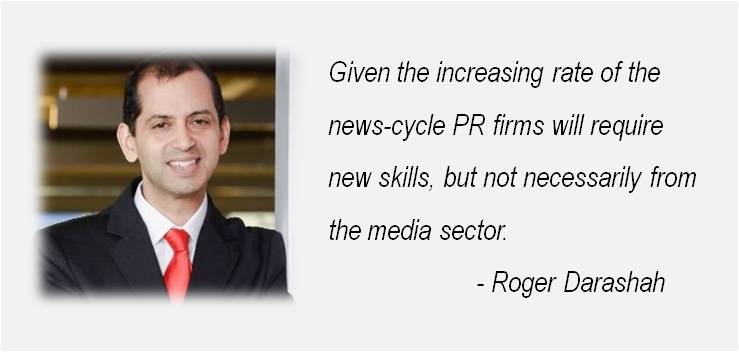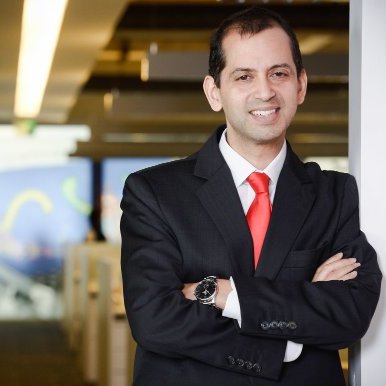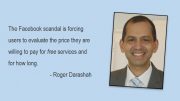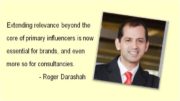In last month’s post, I raised the issue that brands can no longer assume to be the protagonist in editorial content; the priority has become relevance (in other people’s stories). This shift is being played out across a news-cycle that is becoming ever more frenetic. Brands (and PR firms) who are best able to assess and respond to changing situations and how they relate to their particular propositions will stand to inherit the earth . . . at least in editorial terms. If the mindset shift from editorial protagonist to mere participant is causing trauma on the client-side, on the consultancy side, this discomfort is exacerbated further by the remorseless acceleration of the news cycle.
One of the key drivers for this acceleration is what I call the ‘traditional-to-social inversion’. News stories that emanate in traditional media and are then extended across digital in the form of conversation and sharable, participative content, today, represent conventional propagation; ‘traditional-to-social’. However, it is the inverse of this process which is really driving the accelerated news cycle; stories which commence on social and are then legitimised across traditional media.
Last week, BBC World scored a global Internet hit when one of its contributors from South Korea was ‘interrupted’ during a Skype by his young children entering the scene unannounced, only to be hastily corralled by their anxious mother . . . all live and ‘on camera’. This incident spread like wildfire across the Web, ultimately reaching the ‘serious’ pages of traditional media with brands using the ‘trigger’ to comment on everything from best practices for remote working, to the modern challenges of work-life balance. The Guardian (UK) even managed to identify not just one but two conspiracies behind the scene; latent sexism and racism. . . !
The above perfectly illustrates the speed with which news is generated and recycled; if brands are indeed resigned to life as ‘extras’ in other people’s stories, they are going to have to move equally fast if they want to participate.
And this brings me to my final point; the skills required for such ‘news trading’ – identifying, validating and opportunistically leveraging the day’s news to create opportunity for clients – are not necessarily traditional media skills. The latter, are based on a ‘pre-assumption’ of relevance and interest in the brand; the conventional PR role is to define and propagate the latter as far and wide as possible. This is traditionally achieved by compelling writing, well-nurtured media contacts and no small degree of polite persistence. But the assumption that clients can ‘make news’ if it is pushed hard enough remains central. This ‘market maker’ theory is, however, flawed. The idea that brands can systematically make news as and when they chose – in the way the dominant traders can ‘set’ commodity or financial prices – is as outdated as the ‘open cry’ dealing house. While the latter have been replaced by electronic trading which improves market efficiencies and reduces the probability of collusion, today’s media houses are following suit.
Today’s (and tomorrow’s) headlines are just as likely to be defined by social media conversation as by journalist pitching; in all probability, the final decision will be a combination of both. For PR firms, therefore, professionals who are able to spot trends, linkages, opportunities to place their clients within the daily news flow will become invaluable. In common with financial and commodity trading, many of the triggers will be predefined based on known events and milestones; as with their trading counterparts, news traders will prepare scenarios, responses and pitches to position their clients in advance of the same. But opportunistic – unplanned – interventions will represent the key differentiator. Just like their financial counterparts, the news traders who are quickest to seize and act on an opportunity for their clients, will – ultimately – earn the most.
In the future, as with financial or commodity trading, news traders will use a combination of theory and instinct to spot and exploit arbitrage; both activities will be complemented by technology – big data, analytics, research etc. – but human insight and judgement will remain fundamental.
Tomorrow’s era of news trading presents challenges for brands, but lots of opportunities for PR firms who recognize and seize the opportunity.







Be the first to comment on "Introducing the age of News Trading and the death of the ‘Market Maker’"